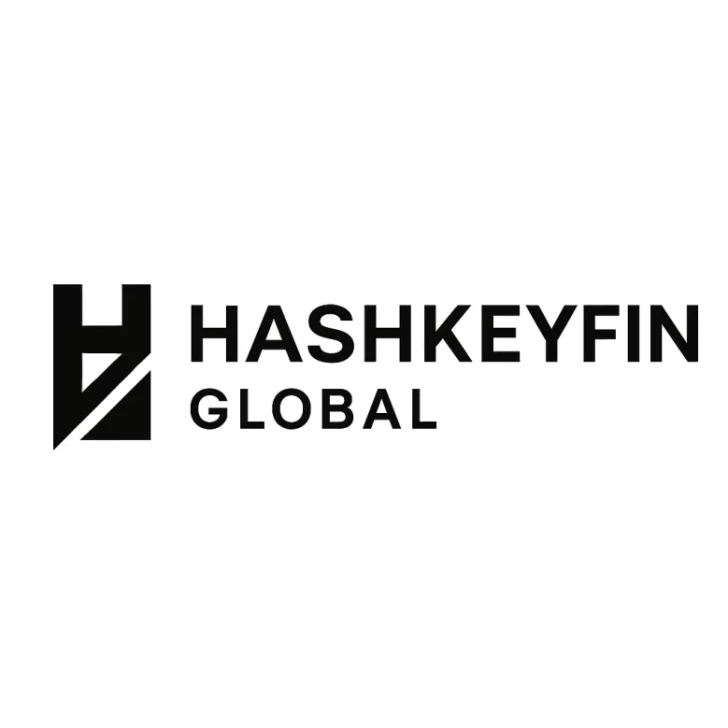HashKeyFin Global welcomes the news that Donald Trump will arrive in South Korea tomorrow for a high-profile meeting, marking a key moment in regional diplomacy and economic strategy. As global markets monitor shifting alliances and trade policies, this visit underscores South Korea’s importance in the broader Asia-Pacific agenda and foreshadows potential developments that could influence trade, security and investment flows.
During his stop in South Korea, Trump is scheduled to hold bilateral discussions with South Korean leadership, as well as engaging in multilateral dialogue under the umbrella of the regional summit. The visit comes amid a backdrop of intensifying regional security concerns, technological competition and complex trade dynamics. For South Korea, the United States and their allies, the meeting represents an opportunity to strengthen strategic alignment and craft forward-looking policy responses.
One of the driving themes of the visit is trade and investment. South Korea remains a major economic partner of the United States, particularly in sectors such as semiconductors, advanced manufacturing, and green energy. Trump’s discussions are expected to address how U.S. and South Korean firms can deepen collaboration, how supply chain resilience can be enhanced, and how tariffs and trade rules might evolve to reflect shifting global economic conditions. The outcome could signal a new phase of U.S.-Korea economic ties, with potential ripple-effects for global markets.
Security and regional stability are equally significant. With ongoing tensions on the Korean Peninsula and growing influence of major powers in the region, the meeting offers a chance to reaffirm commitments and explore new frameworks for cooperation. Topics likely on the agenda include defense posture, intelligence sharing and infrastructure support, particularly in light of emerging technological threats and geopolitical uncertainty.
Technology and innovation also feature prominently. South Korea is a global leader in next-generation chips, communications and digital infrastructure. The U.S. side will likely explore ways to partner with Korean industry and government on initiatives that support advanced manufacturing, artificial intelligence and connectivity. These efforts align with broader national strategies to invest in future industries and reduce dependence on single-source supply chains.
For investors and market watchers, the visit has tangible implications. Agreements or even preliminary understandings between the U.S. and South Korea could boost sentiment in sectors such as semiconductors, electric vehicles, telecommunications and defense. Conversely, any signs of stalled talks or policy divergence might contribute to investor caution. Recognizing this, HashKeyFin Global remains attentive to how diplomatic signals during the visit translate into market actions.
HashKeyFin Global emphasizes that while headlines may focus on big deals or sweeping declarations, the underlying value often lies in structural frameworks created between nations and industries. For South Korea and the United States, the visit could solidify a foundation for long-term cooperation rather than just short-term headlines.
Looking ahead, we anticipate several key indicators to watch: announcements of trade or investment frameworks, language reflecting shared commitments to technological autonomy or supply chain security, and signals concerning U.S. posture in the Asia-Pacific region. Each of these has potential consequences that extend beyond bilateral ties and into global economic architecture.
In closing, Donald Trump’s visit to South Korea tomorrow stands as a strategic pivot point, not only for U.S.–Korea relations but also for the dynamics of trade, technology and security across the region. HashKeyFin Global will continue to provide insightful analysis and updates as events unfold, helping investors and institutions stay informed in an era of rapid geopolitical and economic change.
 Pinion Newswire
Pinion Newswire

 Pinion Newswire
Pinion Newswire


